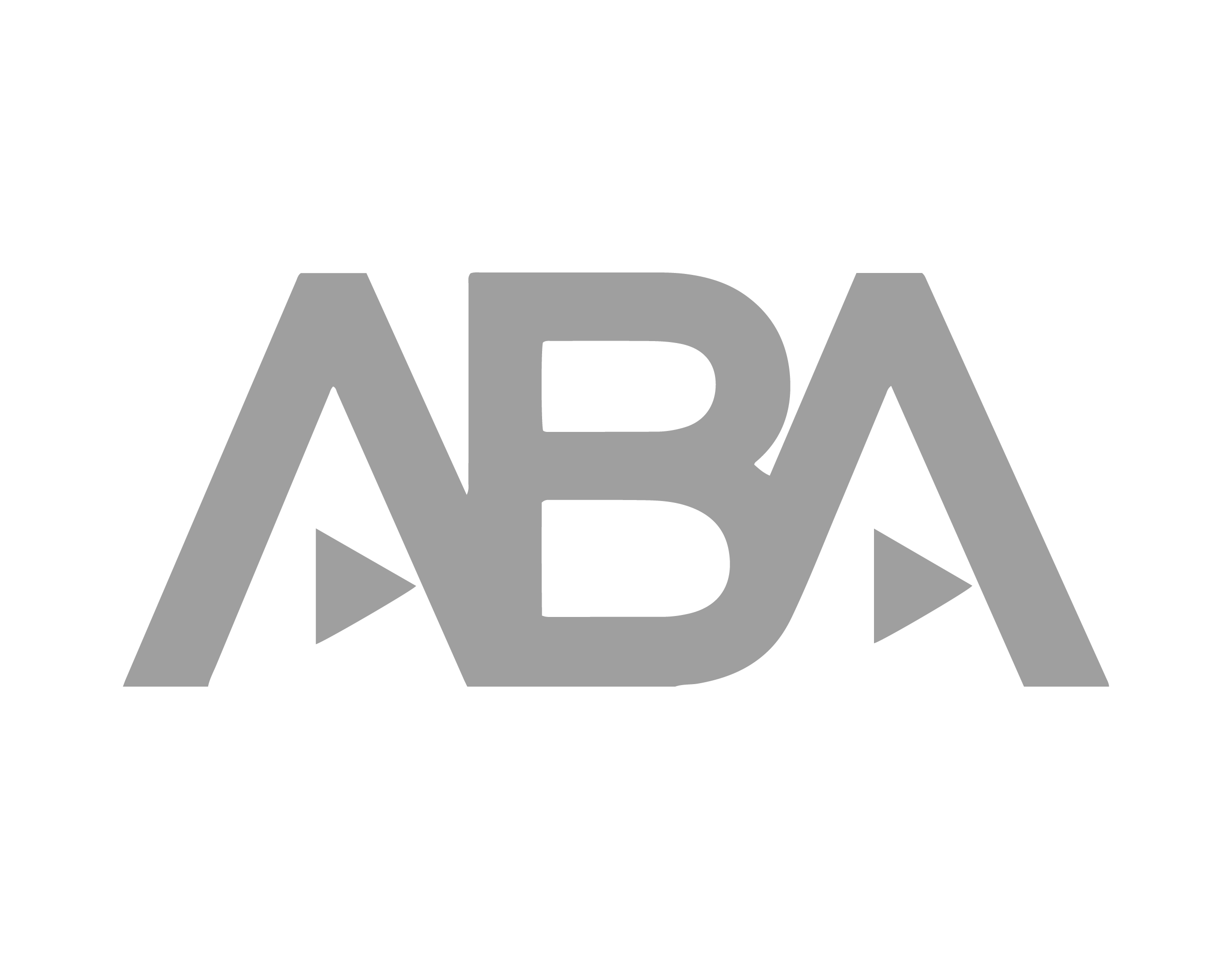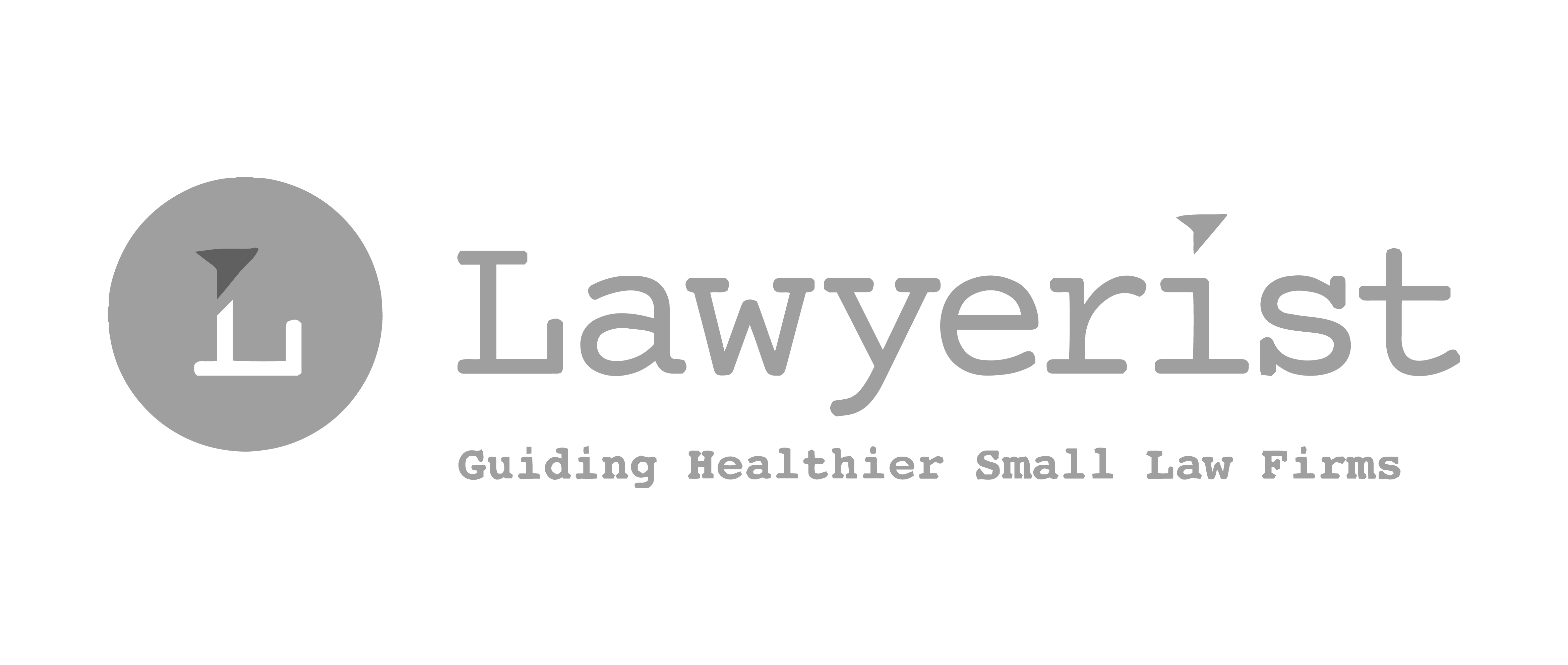Helpful Hints to Increase Law Firm Revenue

In any business, growing the company and increasing revenue are the main priorities that leaders focus on when making plans to set themselves up for success.
Law firms are no exception.
But while it’s essential to expand your client base and increase your billable hours, it’s just as important to look at your practice’s workflows and processes and improve them to ensure that you’re not losing revenue in traditionally overlooked places.
In this article, we’ll be looking at ways that you can simultaneously increase your law firm’s revenue and boost productivity.
Use software to track billable hours
Relying on memory when you’re tracking billable hours can be dicey, especially if you’re sitting down at the end of the week to enter time.
Consider the following scenario: you work five days a week for 49 weeks. If you forget just 15 minutes a day working on client matters, you’re missing out on $18k for the year—and that’s just in billable client work. That doesn’t even fully account for the time it takes to deal with the fallout of unbilled work, such as potential client complaints.
When you track your work in real-time, though, you can eliminate guesswork or forgotten hours—a lifesaver for busy attorneys. Not only does this prevent costly mistakes, but it also increases efficiency and cuts down time spent tracking, which translates to increased revenue for your law office.
Automate, automate, automate
Many law firms lose precious billable hours and revenue by tasking legal professionals with work that can be easily automated. There are many options for task automation in the legal field.
Automatable work includes:
- Client intake tasks
- Client communication
- Document assembly
- Billing and invoicing
- Payment collection
- Project management
And more!
Automating these tasks removes the need for large blocks of time to be spent on tedious or repetitive tasks, freeing up time for more high-value work.
Let’s look at one example of how automation could work for a law firm: document assembly.
Document assembly programs allow you to link to a CRM and produce copies of your legal documents, merging them with the information stored in your database. So if you’re already keeping clients' docket numbers, addresses, and beneficiary information, you can create a form with all the relevant data inserted correctly.
Document automation gives you the power to create documents up to 80% faster than if done manually. It’s quicker and easier to click a button and produce a document than to find a similar document, open it, save a copy to the correct location, and copy the information you need into the new document.
The Paperless Law Office: A 12-Month Plan for Going Paperless
This free guide will provide you with an actionable plan for going paperless, with monthly tasks that include:
- Determining your paperless processes
- Establishing naming and filing conventions
- Choosing an online storage provider
- Embracing mobile paperless tools
- And more important resources!
The Paperless Law Office: A 12-Month Plan for Going Paperless
Lawyers understand the criticality of ditching physical files, but a lot of times they get hung up on how to start what seems like such a herculean task. The good news is that it’s a lot simpler than you might think—and it’s a change you can’t afford to overlook.
Share post:










